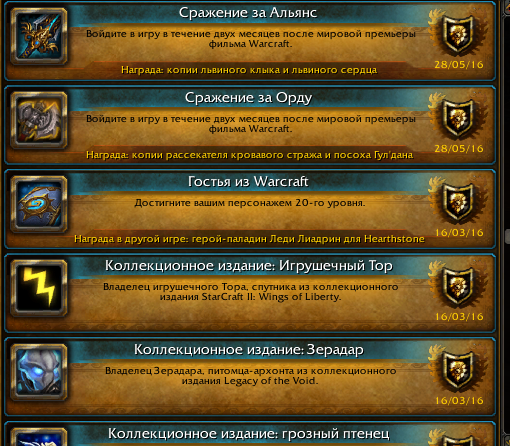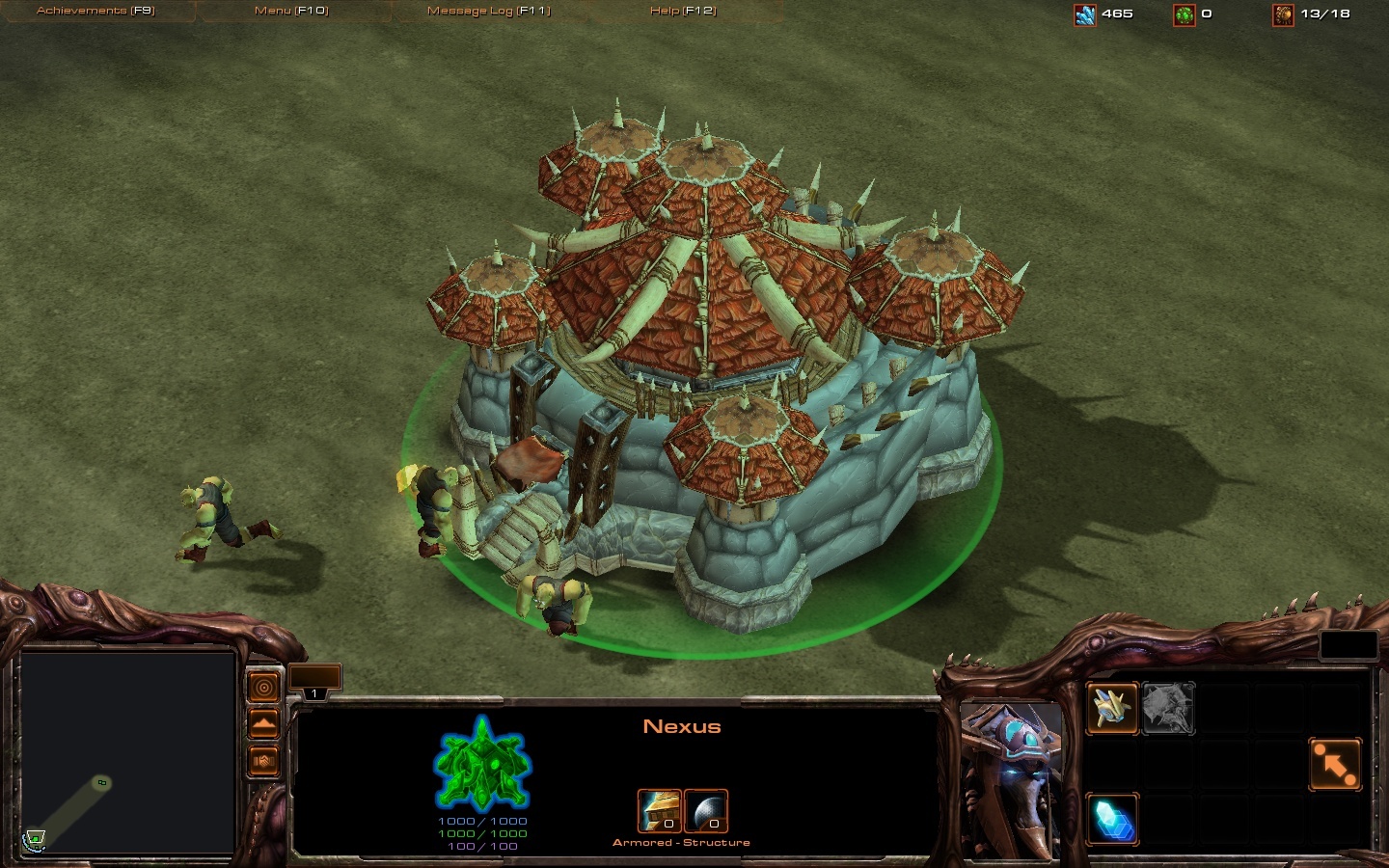


While Warcraft I and II gave birth to the wonderfully rich lore of Azeroth, as well as laying the foundations for Starcraft and the modern RTS as a whole, it was Warcraft III that really presented a complete experience of both solid strategy gaming and epic storytelling.īefore there was a World Of Warcraft, there was just Warcraft (insert roman numeral here), a series of RTS titles featuring an isometric version of the Alliance/Horde conflict. The blockbuster sequel certainly looks the part, but it will have to go a long way if it’s going to revolutionize the genre like it’s predecessor did. Starfcraft II promises a robust single player experience and a complete multiplayer suite, as well as cross communication with WoW players, all fully integrated with. It’s the solid execution of the multiplayer that has seen Starcraft rise to the status of a competition sport in Korea. Multiplayer is especially enjoyable, bringing the usual glut of game modes (CTF, king of the hill) as well as some variations bult upon in game content (RTS football anyone?). The gameplay is of course equally as important and Starcraft’s robust RTS model handles base building, resource gathering and squad deployment beautifully. Whether it’s the army grunt confessing love for his Sarge or the confederate goons spitting ‘rebel scum’ insults at your squad, there is so much wry comedy spread throughout the game that no mission is never a chore. Blizzard are masters of making perfection seem easy and they do this by making story and character as enjoyable as the gameplay and Starcraft is perhaps the purest example of this rare skill. Yet perhaps the most enjoyable element in Starcraft is the aforementioned humour.


 0 kommentar(er)
0 kommentar(er)
